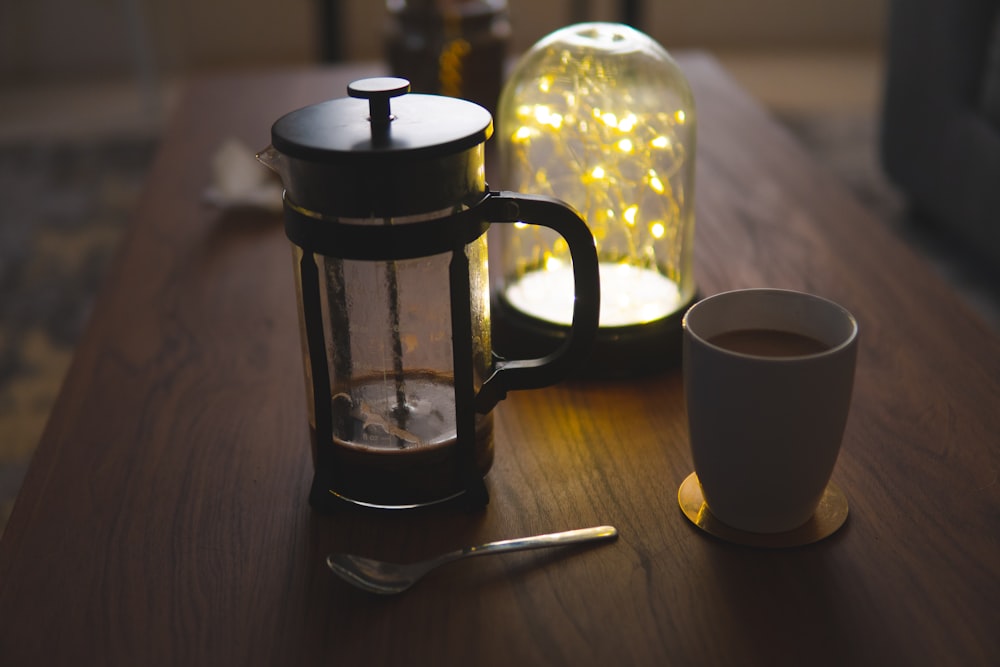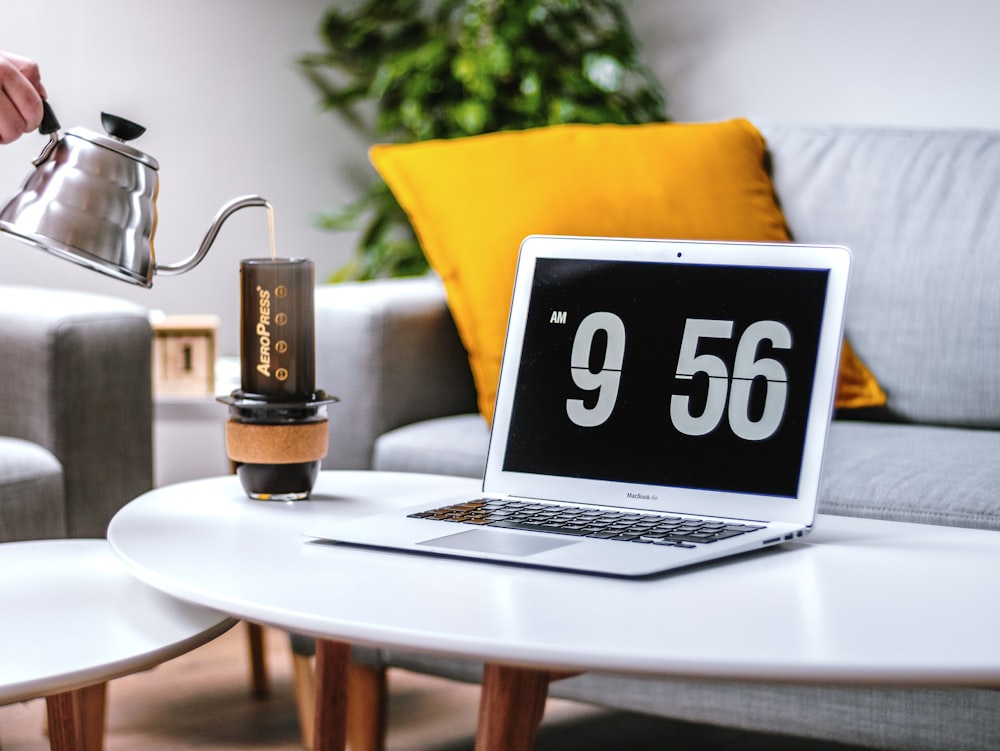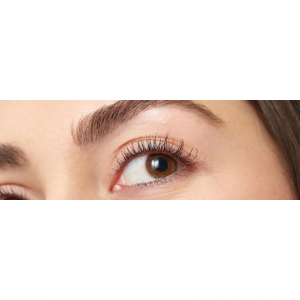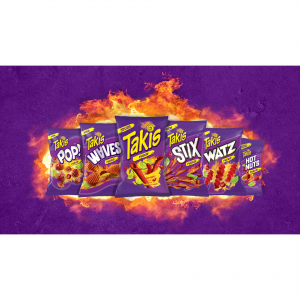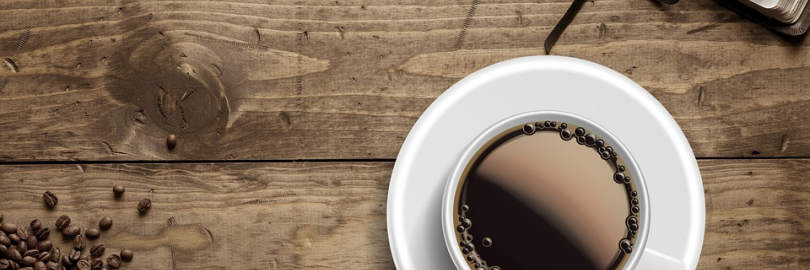
Moka Pot vs. French Press vs. AeroPress vs. Pour Over Coffee Maker: Differences, Pros & Cons, Taste
We're going to walk you through this decision, covering each coffee maker in-depth and then offering a detailed comparison. We have pros and cons, important features to consider, and more! Keep reading to find your ideal coffee maker.
All About Moka Pot
The Moka pot is a classic Italian coffee maker dating back to 1933. These brewers are typically made of stainless steel and work on stovetops. Moka pots are often referred to as “stovetop espresso makers” due to the concentrated and, if you’re very skilled or very lucky, creamy nature of the coffee they produce.
The magic behind the Moka pot is in its brew method. The pot is divided into three chambers: one for water, one for grounds and one for the final product. To use one, you fill the base with water and the filter cup with finely-ground coffee. Place the Moka pot on a stove burner and wait around 10 minutes. The water heats in the bottom, turning to steam and passing through the coffee grounds. Your concentrated coffee will arrive in the top section of the brewer, ready to serve.The slightly pressurized brewing method produces a dense, strong coffee somewhere between drip coffee and espresso.It’s not hard to see that the Moka Pot method of brewing relies on steam in a way that is similar to the mechanism in pressure cookers.
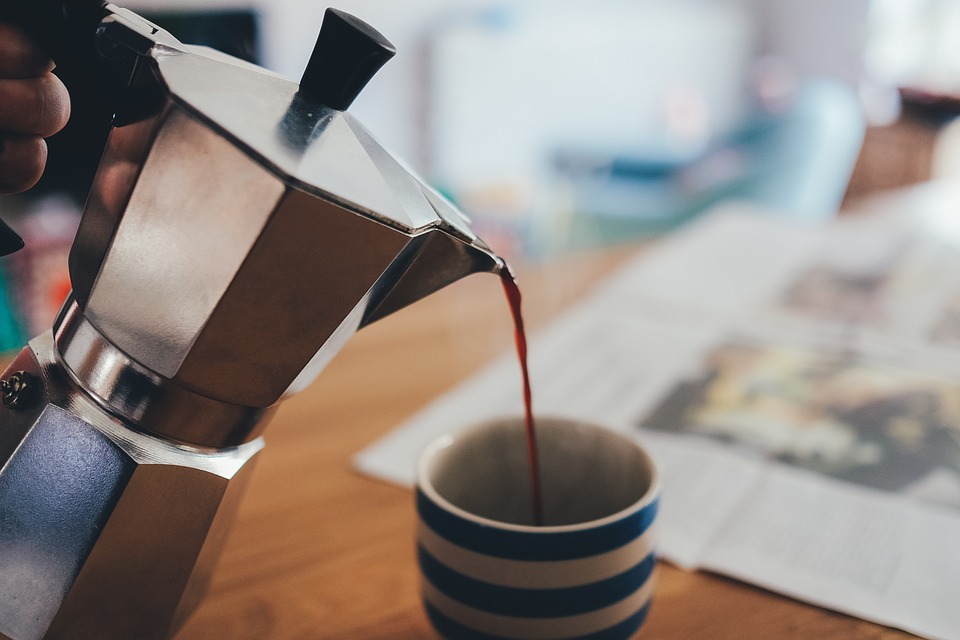
Is Moka Pot As Strong As Espresso?
Moka pots brew by generating pressure within the pot, but not nearly as much pressure as a modern espresso machine. As such, while the coffee is strong, it is still not nearly as strong as what you’ll get from a proper espresso machine.
| Pros | Cons |
|
|
Grinde size: Medium to medium-fine, coarser than you'd use for an espresso machine but finer than for a drip coffee maker.
How to: Fill the base with water and the filter cup with finely-ground coffee.
Brew Time: About five minutes.
All About French Press
The French Press is comprised of a tall carafe and a metal mesh filter attached to a long stem.French press coffee involves suspending coarsely ground coffee in hot water and letting it steep for 4-5 minutes to achieve extraction. After brewing, a fine wire mesh filter at the end of a plunger is pressed into the brewing vessel to push the grounds to the bottom and separate them from the coffee.The result is a heavy-hitting cup of coffee with robust taste and mouthfeel.
French press coffee can be described as full-bodied or heavy due to the nature of the brew method. This means French presses are a staple in any artisan coffee shop you’ll walk into because serious coffee fanatics prefer the richer taste of a French press over plain old drip.
The typical French Press recipe calls for a coarse grind so that grounds do not pass through the porous metal filter into the cup. Because coarse ground coffee has less surface area exposed to the hot water, the French Press requires a longer brew time in order to reach the desired extraction. This makes the French Press extremely low maintenance because it can be left unattended for 3-5 minutes while the coffee steeps.
| Pros | Cons |
|
|
Grind Size: Coarse. Somewhere between the size of rock salt and raw sugar.
How-To: Add your grounds and hot water, wait, and plunge. And use a wooden spoon to stir the grounds in the press – if you use metal, the hot glass could break.
Brew Time: 4 minutes.
All About AeroPress
The AeroPress only came on the market in 2005, but it quickly became a necessity for many adventurous coffee lovers. Aeropress is one of the greatest inventions in the coffee making industry. In fact, with the proper setup, it can be as close as possible to espresso.The AeroPress uses pressure to brew your coffee, as an espresso does. The pressure in an espresso maker is over 9 Bars, which for an AeroPress is a bit difficult to achieve. But you can get as high as possible with the pressure by adjusting the grind and the tamping. Grind should be a coarser espresso, or just espresso grind, and tamping should be about 30 pounds as with any espresso.
The Aeropress is a piston-style brewer that forces coffee through a thin paper filter directly into a cup. It brews just a single serving of coffee at a time, but its size and durability make it a favorite device among travelers and campers.
The Aeropress’s versatility gives it a major advantage in the ring. People have created hundreds of recipes by adjusting variables like grind size and brew time, resulting in a wide range of unique cups. The Aeropress can even make coffee concentrate similar in taste to espresso. It is the perfect brewing device for curious coffee drinkers and experimenters.
| Pros | Cons |
|
|
Grind Size: Table salt consistency
How-To: Rinse the the filter with hot water once it’s in place. Then just add the coffee and water and press down.
Brew time: around 2.5 minutes.
All About Pour Over Coffee Maker
The pour over coffee maker is one of the simplest coffee makers. Hot water is literally poured over grinds that are in a filter. The pour over coffee maker is another type of coffee maker with the exception of it being manual that has to be taken in to consideration when deciding on a coffee maker for home or office. Water passes through the coffee grounds, dissolving soluble solids, and become our prized black beverage. The profile of pour over is similar to French press and auto-drip, but it doesn’t have the bite of the French press, and it is more flavorful and tastier than regular drip. Many coffee lovers prefer pour over to both French press and auto drip.
| Pros | Cons |
|
|
Grind Size: About the coarseness of table salt.
How-To: Wet the paper filter in the pour-over basket to wash away paper flavors and seal it in place, then dump that water out. Then add your grounds and slowly pour over the water. Use a gooseneck kettle to look cool – and, less importantly, to have optimal control over how fast and where you’re pouring the water.
Brew Time: Between three and four minutes.
Money Saving Tip: If you like online shopping, don't forget to sign up at Extrabux!(What is Extrabux) , then you can enjoy up to 30+% cashback on your purchase from Extrabux! Sign-Up Bonus: Free to join it & get $20 welcome bonus!
The Showdown: Moka Pot vs. French Press vs. AeroPress vs. Pour Over
1. Grind
Moka Pot - espresso grind
French Press - coarse(drip size or coarser)
AeroPress - espresso grind
Pour Over - coarseness of table salt
2.Pressure
Moka Pot - there is enough pressure developed with a firm tamping, semi-fine grind
French Press - no pressure
AeroPress - you can get a lot of pressure
Pour Over - no pressure
3.Crema
Moka Pot - yes with a correct grind and a firm tamping, you get crema
French Press - no crema, you can get a foamy layer with finer grinds, but that contains a lot of grinds
AeroPress - yes you can get crema with firm tamping
Pour Over - won't be able to produce crema
4.Strength
Moka Pot - espresso strength
French Press - strong, drip coffee strength
AeroPress - espresso strength, and with longer steeping even stronger
Pour Over - strong and bold in flavor
5. Cloudiness
Moka Pot - espresso cloudiness
French Press - very cloudy with finer grinds, with coarser grinds, just a bit cloudier than drip
AeroPress - espresso Cloudiness
Pour Over - espresso Cloudiness
When choosing a coffee maker all factors should be considered including the pros and cons involved in each type of brewer considered. The ultimate decision should be based on ease of use as well as the coffee brewed using the machine.
Top 7 Fully Automatic Espresso Machines for Beginners in 2024
Top 7 Single-Serve K-Cup Pod Coffee Makers 2024
Nespresso Vertuo vs. Keurig K-Cafe: ULTIMATE Comparison And Verdict 2024
Nespresso vs. Breville vs. De'Longhi: Which Makes the Best Espresso Coffee Maker?
7 Best Automatic Espresso Machine under $200 with Grinder and Milk Frother for Beginners 2024
Tassimo vs. Keurig vs. Verismo vs. Nespresso vs. Ninja: Which One Wins?
Nespresso Vertuo vs. Original Review 2024: How Do They Differ and Which is Better?

Extrabux is an international cashback shopping site, offering up to 30% cashback from 10,000+ Stores!
B&H Photo Video, Dyson, Woodland Direct, Ooni UK, Bed Bath and Beyond, TUSHY, Zoro, Anthropologie, 4seating.com, GDF Studio, simplehuman, Appliance Parts Pros, etc.
Join to get $20 welcome bonus now! (How does Welcome Bonus work?)
Recommendation
-
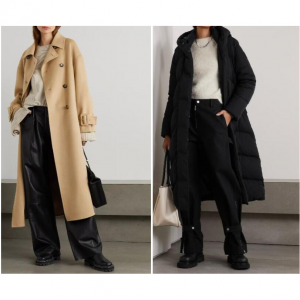
10 Best & Stylish Winter Coats for Women on NET-A-PORTER in 2024
-

Top & Best 12 Sneaker Apps/Websites for Raffles, Releases & Restocks in 2024
-

7 Best Gift Card Exchange Sites - Buy, Sell and Trade Discount Gift Card Safely and Instanly!
-

Top 9 Professional Skincare Brands for Licensed Estheticians 2024
-

13 Best Luxury Online Shopping Sites with Highest Cashback in 2024 (Coupon Code+Sale+14% Cashback)
Up to 14% Cashback!

